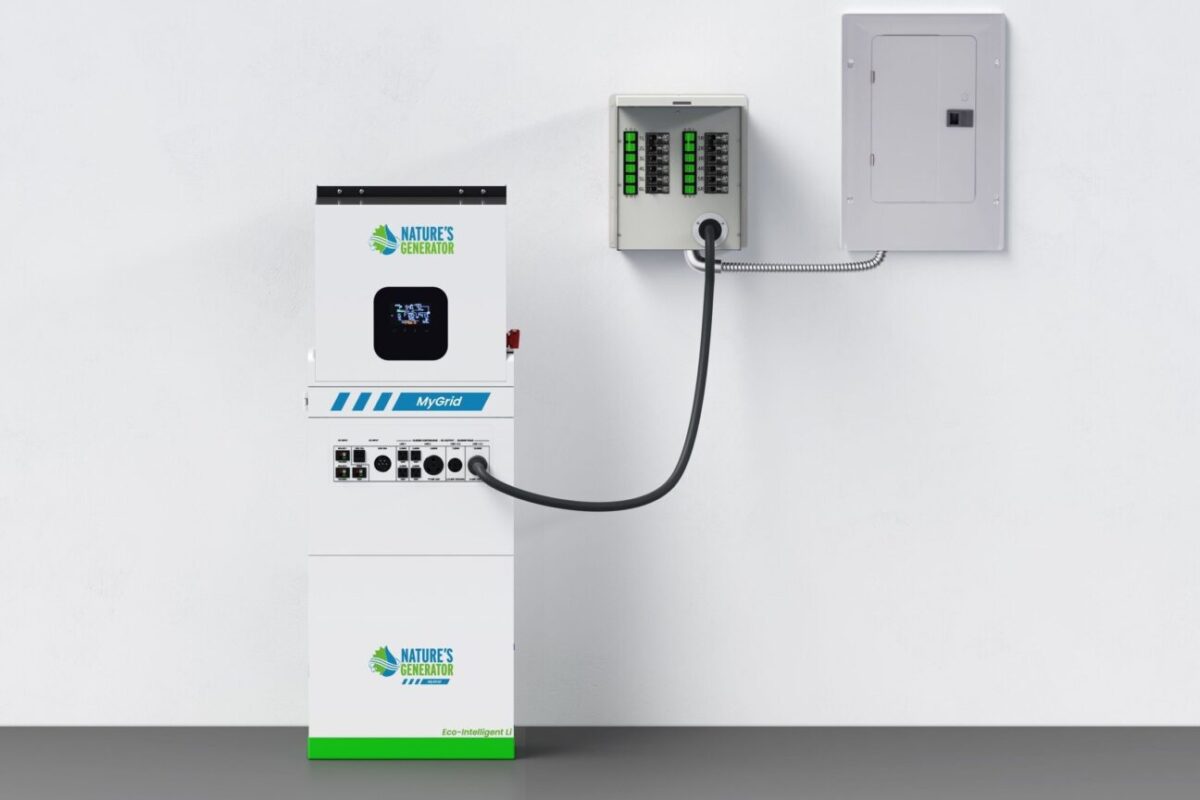Researchers from the University of Tokyo in Japan have conducted a six-year field experiment using an agrivoltaics system with lowland rice growing underneath. The on-farm trial was conducted in Chikusei, a city in Eastern Japan, between 2018 and 2023. Rice has been cultivated in the study field annually for over 50 years.
“Maintaining high crop productivity with reduced solar radiation is a major concern for intensive farming,” the group said, referring to the fact that the solar panels decrease the light reaching the crops. “Our objective was to characterize the microclimate, grain yield, and quality of rice cultivated in an agrivoltaic system in a temperate climate.”
The total area of the studied field was 1,416 m², and 27% of it was covered by monocrystalline PV panels, resulting in a total capacity of 57.96 kW. The modules were all elevated at 3.3 m above the ground, facing south with an azimuth angle of -7◦. The tilt angle was changed manually every month to receive optimal solar radiation.
The soil was a clay loam, with a pH (H2O) of 6.1, where two japonica rice cultivars were grown: Asahinoyume and Tochiginohoshi. The water level was maintained at 5–10 cm during cultivation, except during the mid-season drainage for one week in July and the last week before harvest.
A benchmark rice field, where lowland rice was also grown but without PV above, was also measured for comparison. Among the measured parameters were weather conditions, electricity production, grain quality, biomass, and rice yield. Per the measurements, the maximum air temperature was 0.8 C lower than in the control area, but the minimum air temperature did not differ.
On average, the results showed that the grain yield in the control was 8.5 t per hectare, while in the agrivoltaics field, it was 6.5 t per hectare, representing a 23% reduction. However, the decrease was not significant in two of the six measured years. “The rice productivity in the agrivoltaics system was significantly negatively associated with total rainfall during the growing season; that is, there was a high yield reduction in rainy years,” the scientists added.
However, when they calculated the gross return of both systems, accounting for both rice and electricity production values, the agrivoltaics system was found to have a return 14 times larger. More specifically, the average gross return was JPY 18.7 million ($124,615) per hectare per year in the agrivoltaics and JPY 1.3 million per hectare per year in the control area.
“Our results confirmed our research hypothesis that grain yield in the agrivoltaics system would be limited by the reduced biomass and the reduced panicle number: these are critical traits for rice productivity,” the academics concluded. “In addition to the decreased grain production, we found that the grain quality, and particularly the grain chalkiness and the head rice yield, deteriorated under partial shading in the agrivoltaics system.”
The research work was presented in “Impacts of agrivoltaic systems on microclimate, grain yield, and quality of lowland rice under a temperate climate,” published in Field Crops Research.
This content is protected by copyright and may not be reused. If you want to cooperate with us and would like to reuse some of our content, please contact: editors@pv-magazine.com.



By submitting this form you agree to pv magazine using your data for the purposes of publishing your comment.
Your personal data will only be disclosed or otherwise transmitted to third parties for the purposes of spam filtering or if this is necessary for technical maintenance of the website. Any other transfer to third parties will not take place unless this is justified on the basis of applicable data protection regulations or if pv magazine is legally obliged to do so.
You may revoke this consent at any time with effect for the future, in which case your personal data will be deleted immediately. Otherwise, your data will be deleted if pv magazine has processed your request or the purpose of data storage is fulfilled.
Further information on data privacy can be found in our Data Protection Policy.